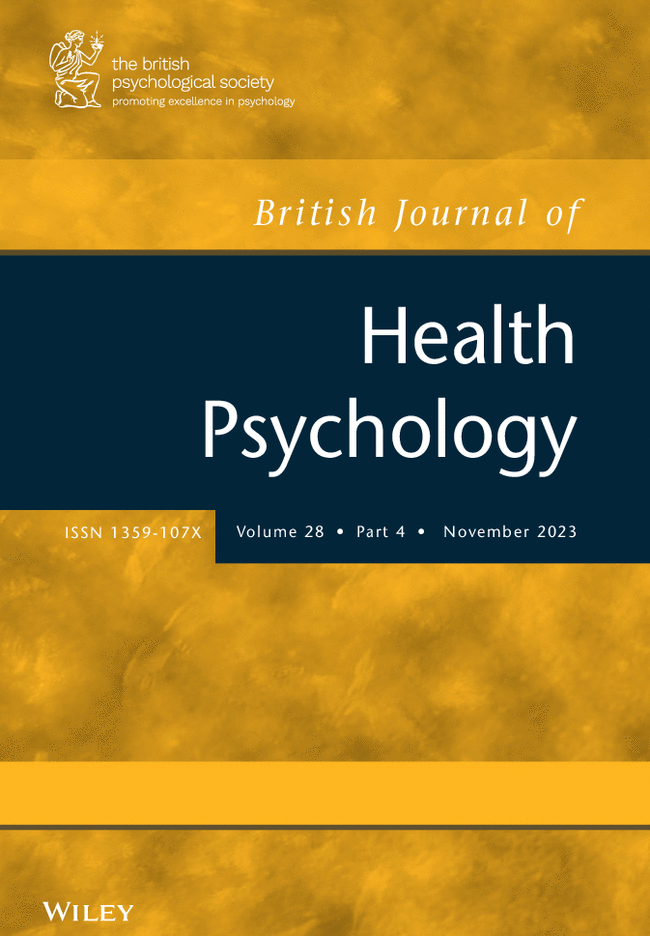Guided by the hedonic surplus/mood-as-resource hypotheses, we sought to identify message components that prevent health information avoidance by inducing hedonic psychological states.
Two experimental studies.
Participants, age 45–75, recruited from the online survey platform, Prolific (Study 1 N = 288, Study 2 N = 505), completed a survey of their colorectal cancer (CRC) information avoidance tendency and demographics. They were reinvited to participate in a study where they were randomized to view one of four types of images: humorous comics, cute animals, coping messages or streetscapes images (control condition). To assess CRC information avoidance behaviour after viewing the stimuli, participants choose whether to be directed to a website to complete a CRC risk calculator (Study 1), or whether to view a CRC information video or a video about foot care (Study 2). Using logistic regression, we regressed each outcome variable on interactions between self-reported CRC information avoidance tendency and experimental condition. We then used the PROCESS macro to test if mood mediated these interaction effects.
In Study 1, to the degree participants reported CRC information avoidance tendency, viewing humorous comics compared to control images increased their odds of choosing to view the risk calculator (OR = 5.26, p = .02). The same was true in Study 2 for choosing to watch the video about CRC vs. foot care (OR = 2.42, p = .04). Effects were not mediated through mood and there were no effects for the cute animals or coping messages.
Using humour at the outset of a health message may increase reach to people who otherwise avoid CRC or other health messaging.


